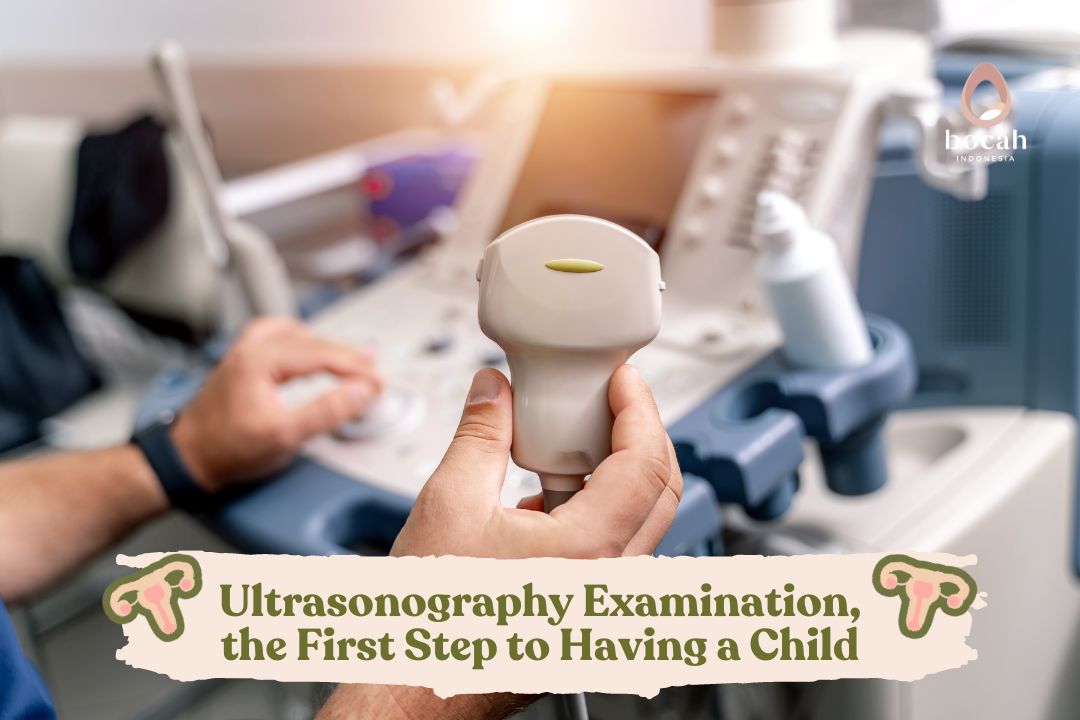Guide to Optimizing Transvaginal Ultrasound for Pregnancy

Transvaginal ultrasound is performed to assess women’s reproductive health. This examination can be done to assess fertility status.
For mothers who want to identify abnormal conditions in the uterus, transvaginal ultrasound is usually recommended. Don’t worry, this examination can be done for mothers who are married or have had previous sexual intercourse. Like other types of ultrasound, transvaginal ultrasound uses a device with high-frequency sound waves.
As the name suggests, the transvaginal ultrasound procedure is performed through the vagina. Transvaginal ultrasound examination is performed to detect the condition of reproductive organs, such as ovaries, fallopian tubes, cervix, and uterus itself.
This procedure is quick and does not take much time, so the results can be obtained quickly.
How to Perform Transvaginal Ultrasound?
If you’re still unsure about how to perform a transvaginal ultrasound, here is a guide to doing transvaginal ultrasound.
Tanya Mincah tentang Promil?
-
Before performing the ultrasound procedure, the nurse will conduct an initial interview with you. You will receive information about the ultrasound examination before the procedure.
-
You will be asked to remove your lower clothing and will be provided with a covering cloth to use during the ultrasound.
-
You will be asked to lie on the ultrasound chair in the lithotomy position.
-
Next, the ultrasound device or transducer will be covered with a condom and then inserted into your vagina. During this process, if the responsible ob-gyn doctor is female, she will insert the ultrasound device, but if the responsible ob-gyn doctor is male, the transducer will be inserted by a nurse.
-
The doctor will evaluate each reproductive part, such as the uterus, cervix, endometrium, ovaries, and fallopian tubes. Any disorders or problems can be detected during the ultrasound.
Subsequently, the complete examination results will be documented so you can take them with you.
Purposes of Transvaginal Ultrasound
There are several conditions that may require you to undergo transvaginal ultrasound, such as:
-
Identifying the cause of pelvic pain
-
Identifying abnormal vaginal bleeding
-
Issues with infertility
-
Presence of cysts and fibroids in the uterus
-
Need for further examination procedures from abnormal pelvic examination results
-
As a guide during the insertion of intrauterine contraceptive devices or IUDs to ensure correct placement
No need to worry, ultrasound procedures are performed without any harmful risks because there is no radiation exposure, making it safe to undergo.
If you are planning a pregnancy, transvaginal ultrasound is one of the initial examination procedures that need to be done. If the results show a certain medical condition, further action will be taken. Let’s get a transvaginal ultrasound examination at the nearest fertility clinic!
This article has been medically reviewed by Dr. Chitra Fatimah.
Source:
- Moorthy, RS. (2017). Transvaginal Sonography. Med J Armed Forces India. 2000 Jul;56(3):181-183. https://pubmed.ncbi.nlm.nih.gov/28790701/
- Petpichetchian, C., et al. (2018). Comparison of transabdominal and transvaginal sonography in the diagnosis of placenta previa. J Clin Ultrasound. 2018 Jul;46(6):386-390. https://pubmed.ncbi.nlm.nih.gov/29693718/
- Nahlawi, S., et al. (2021). Sonography Transvaginal Assessment, Protocols, and Interpretation. NCBI Bookshelf. https://www.ncbi.nlm.nih.gov/books/NBK572084/










